Dou Zhang Speaks at a Chinese Society of Landscape Architecture Symposium
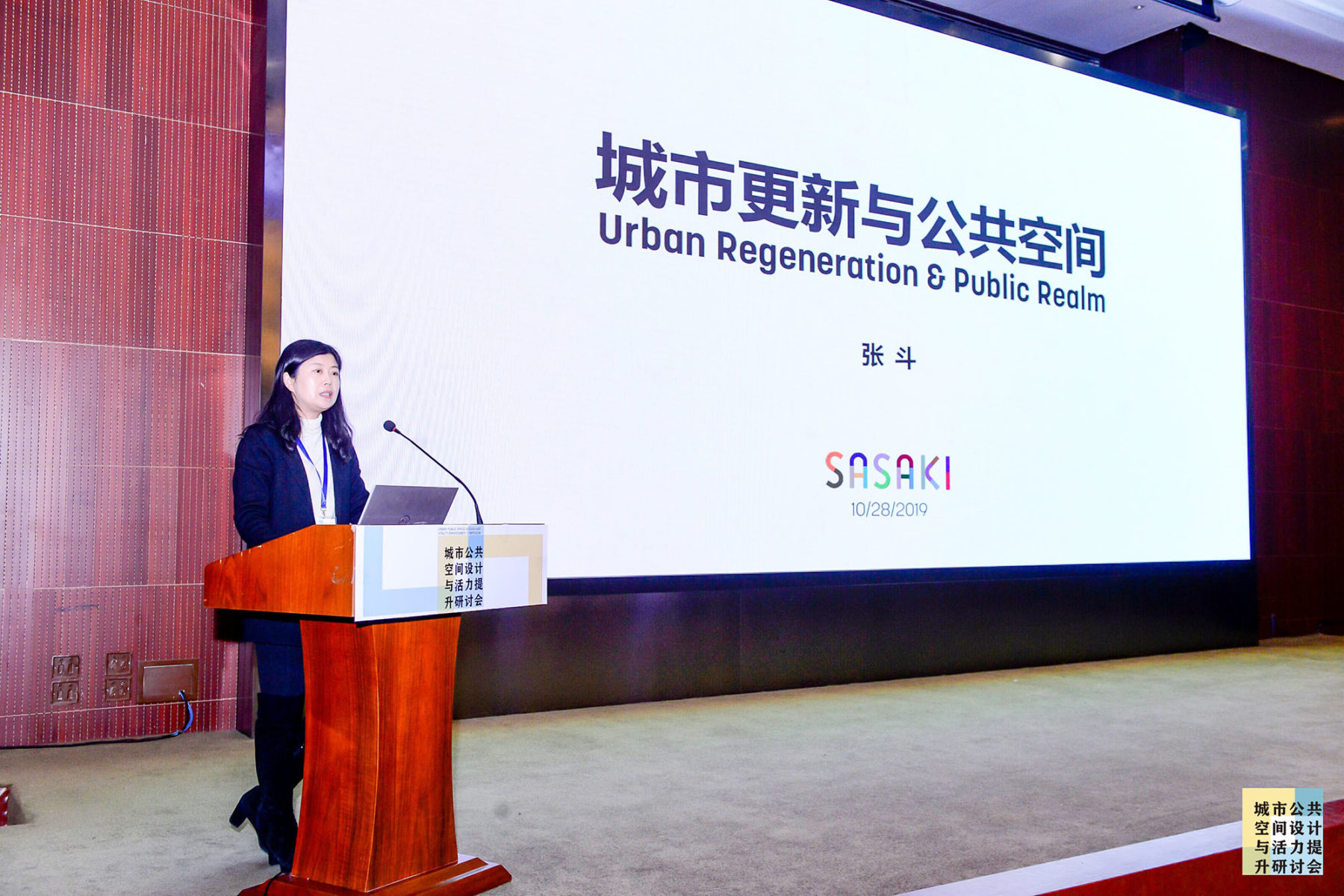
 Sasaki
Sasaki

Co-director of Sasaki’s Shanghai Office, Dou Zhang, ASLA, PLA, was recently invited to speak at a Chinese Society of Landscape Architecture symposium to share her thoughts on the design and revitalization of urban open space. Among other experts in the industry, Zhang explored the cross-disciplinary thinking behind the design of urban open space that integrates urban planning, urban design, landscape design and architectural design in her talk titled “Urban Regeneration and Public Realm.”
According to Zhang, the government of China has become more and more concerned about ecological and environmental protection, seeing the increasing level of urbanization as a result of four decades of rapid economic development. The public are also calling for redevelopment of urban cores to adapt to future needs and lifestyles. As she suggested, urban regeneration is indeed a critical way to generate new open spaces. By ways of infrastructure upgrade, transformation of industrial yards, and spatial restructuring, plots of land with former industrial or infrastructural facilities or with no land-use plan can be repurposed to create quality open space in urban settings. Looking into the streetscape renovation taking place in Luohu, a district in the bustling city of Shenzhen, China, Zhang explained how an extensive amount of infrastructural land will be released following an upgrade and improvement on the 1980s-built Guangzhou-Shenzhen railway. This project offers an unprecedented opportunity for Sasaki to design the “Artery of Life”—a green corridor to link the core areas of Shenzhen and Hong Kong and an integral component of the region’s landscape resources—as the key driver of the urban revival of Luohu.
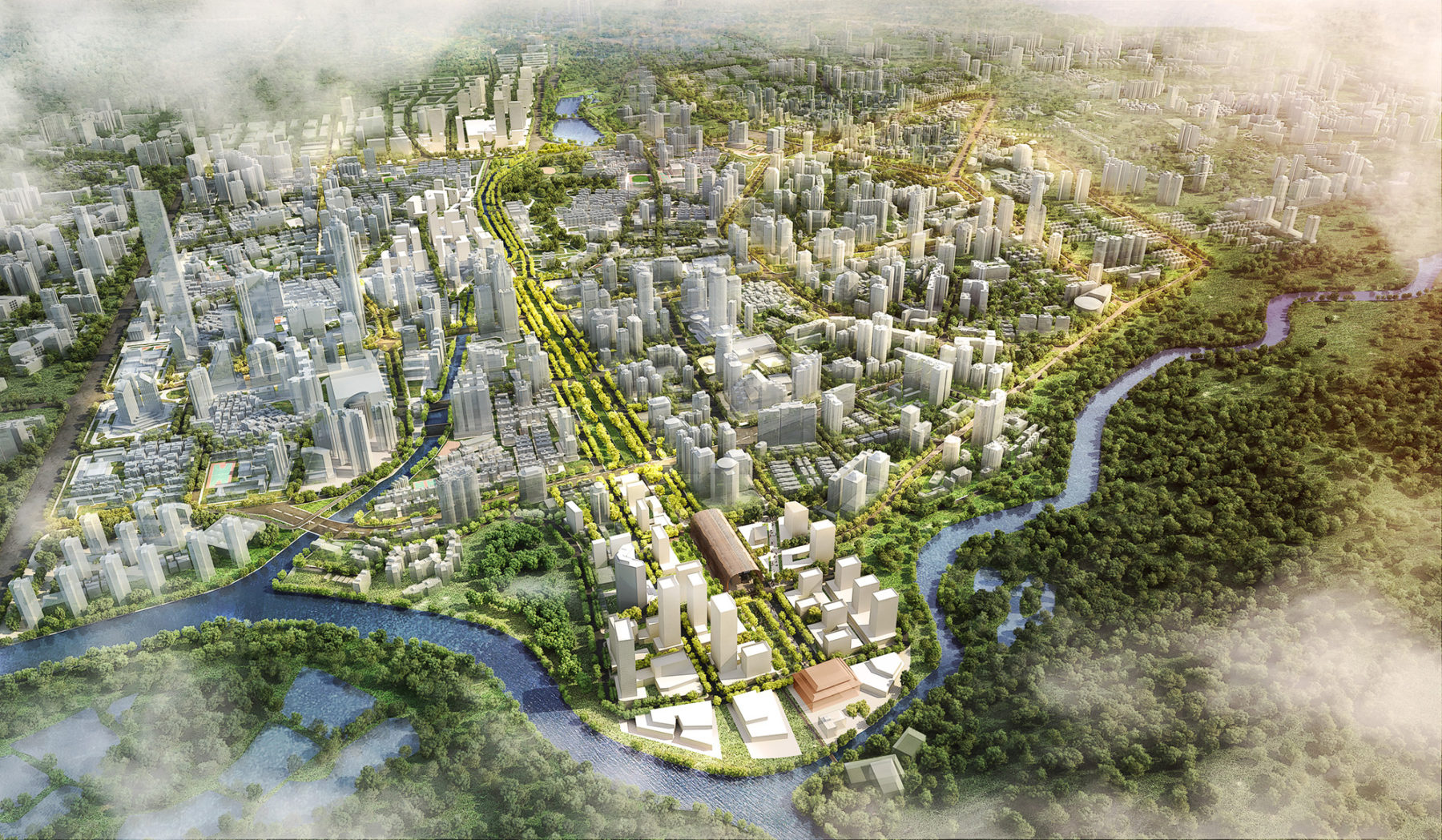
Luohu Streetscape Renovation—a rendering of the “Artery of Life”
Zhang then proposed the possibility of ecological restoration by capitalizing on the process of urban regeneration, using the Sasaki-designed Xuhui Runway Park in Shanghai as an example. As the first project in mainland China to receive SITES Gold certification, Xuhui demonstrates ways to create diverse habitats for wildlife above and below water using plant species 100% native to the Yangtze River Delta. A bird watching garden, fruit tree groves, and various garden types define the land whereas a wetland edge, bioengineered riparian edge, and a floating wetland module make up the marine forms, altogether bettering the state of Shanghai’s ecology and environment.
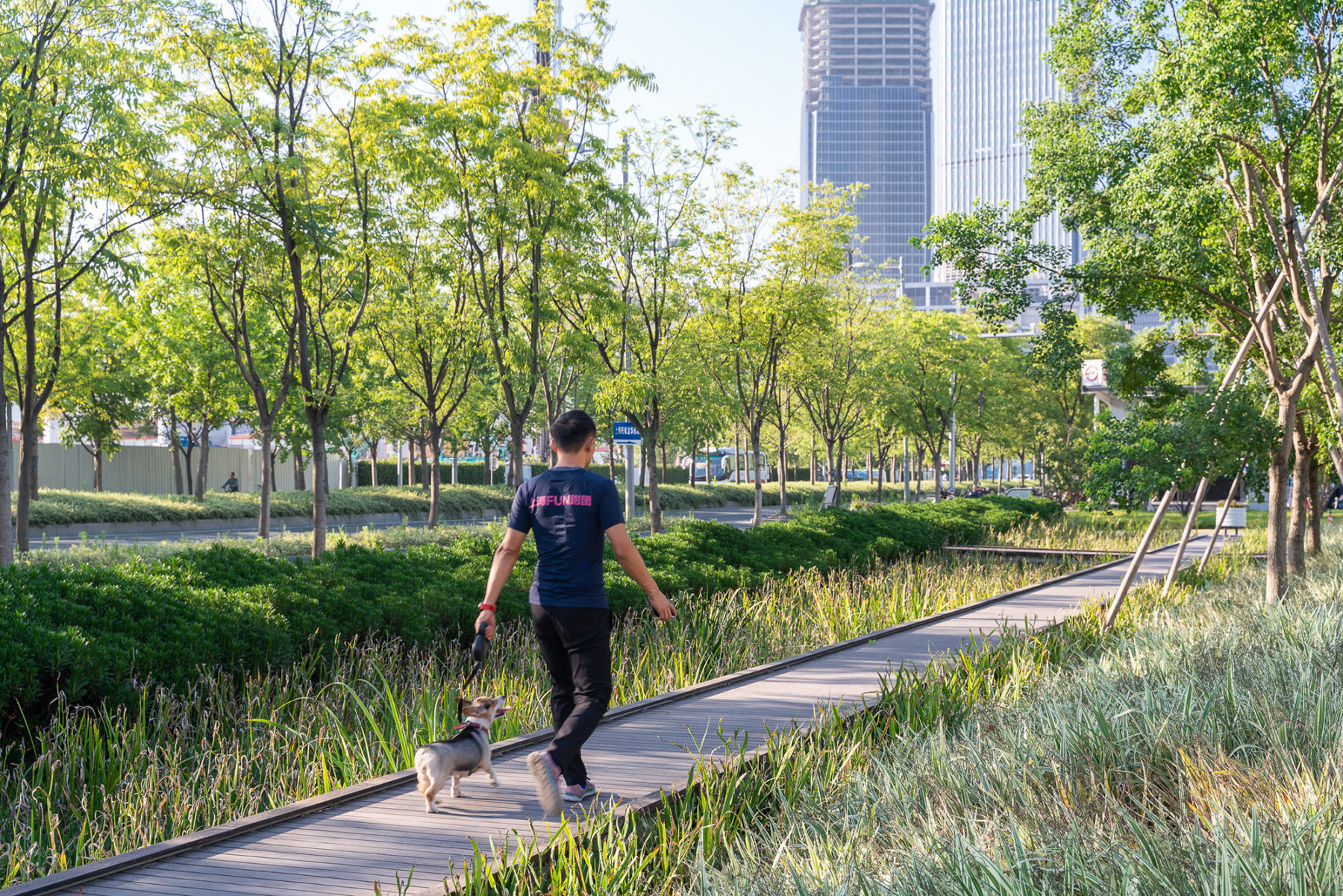
A view of the completed Xuhui Runway Park
To demonstrate how local culture is enlivened and integrated into landscape programs, Dou cited two more projects. In the case of Shenzhen Pingshan Riverwalk, a series of landscapes form a scenic backdrop to new developments and everyday life in the new urban core where cultural elements intertwine. “Hakka Blue” is used throughout the design to honor the city’s ties with the Hakka culture. The “Blue Ribbon” interconnects major Hakka heritage sites, taking visitors on a journey to enrich their understanding of the history of Pingshan district and its Hakka origins. Zhang then offered a brief introduction of the Chongqing Xintiandi Hillside Park project.
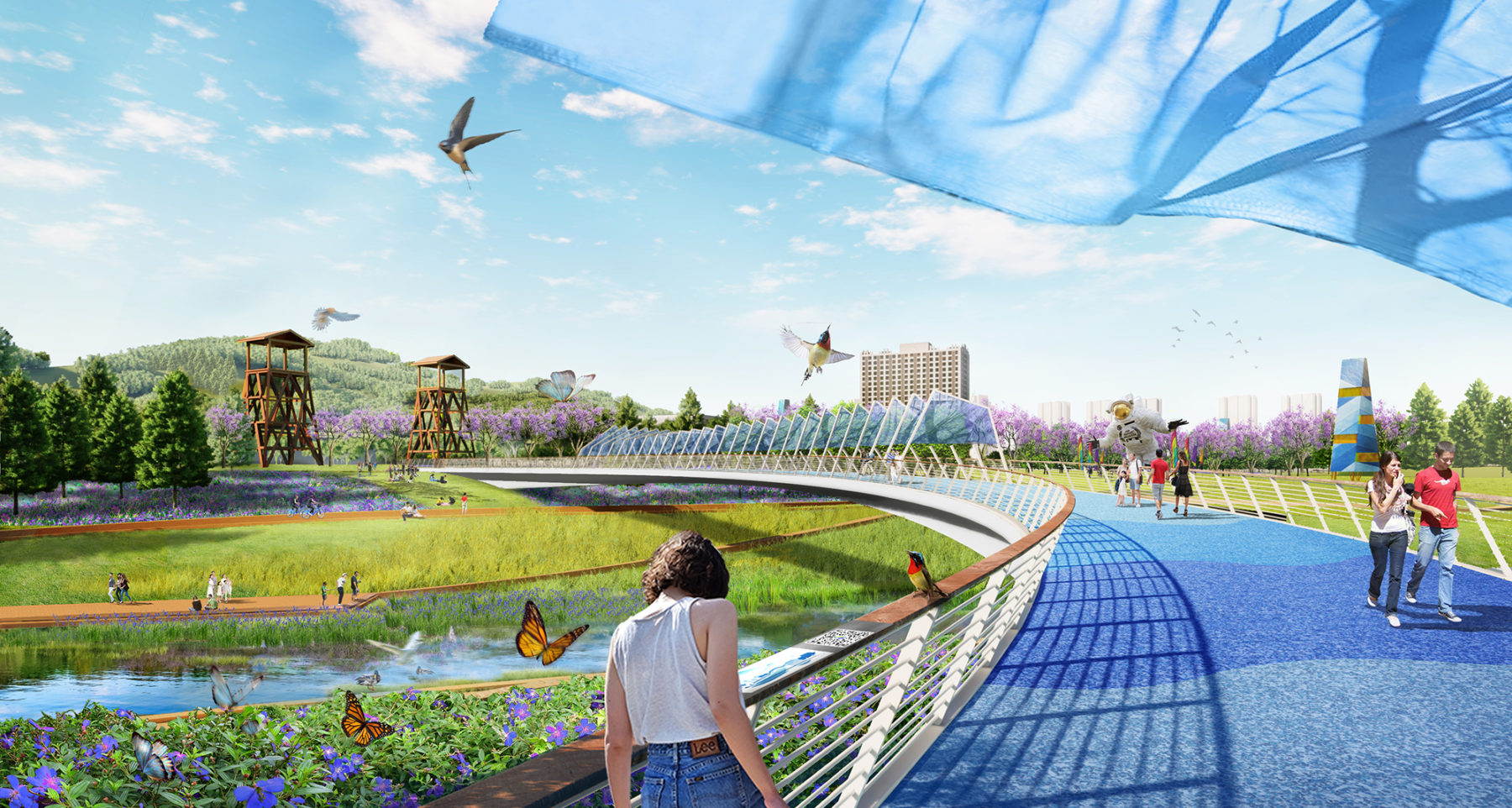
A vision of Shenzhen Pingshan Riverwalk
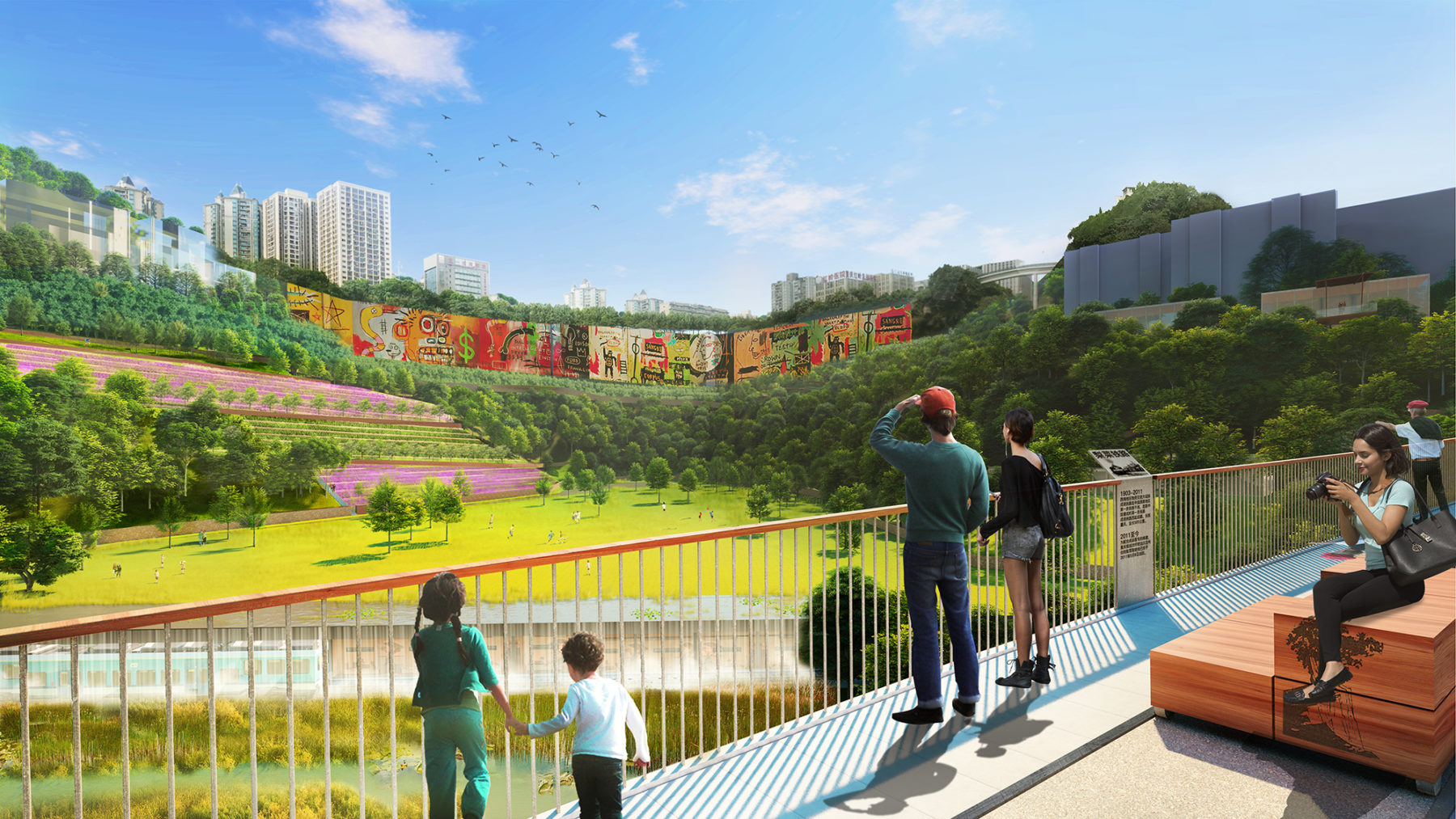
A vision of Chongqing Xintiandi Hillside Park
Zhang’s presentation received warm responses from her peers and the general audience alike. In the Q&A session that followed, she remarked on the prospect of landscape architecture in China, concluding the afternoon’s event on a bright note.